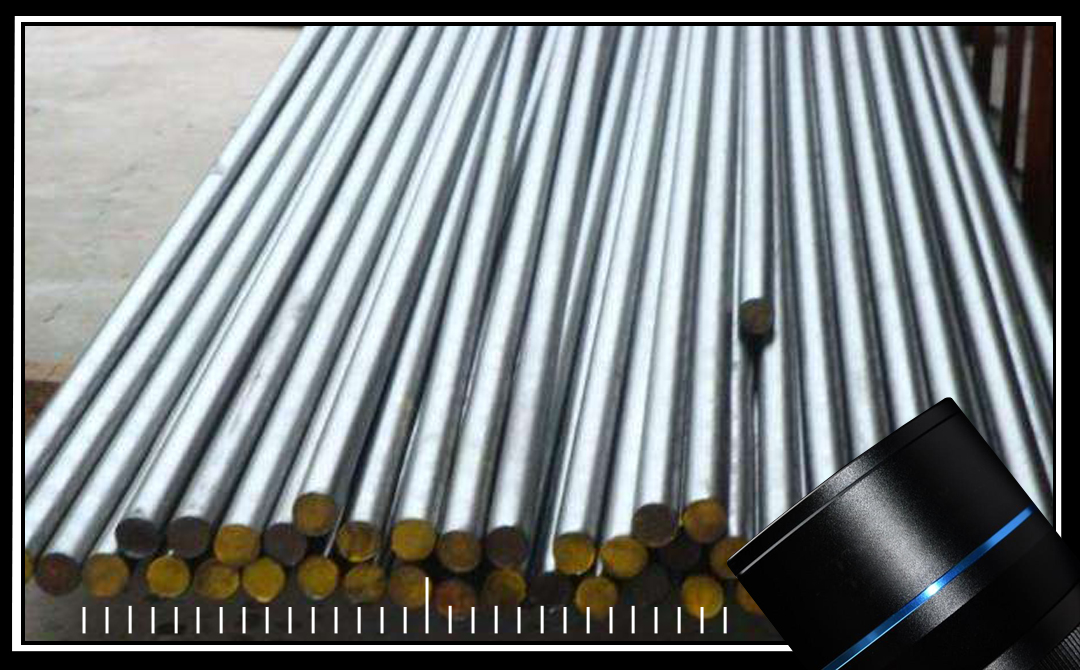link:LHS Rock Tools
All Rights Reserved by LHS Rock Tools. 辽ICP17002219号 Website:www.300.cn jinzhou.300.cn
News
Great antiquity and profession
The elements included in body steels and the functions thereof

The elements included in body steels and the functions thereof
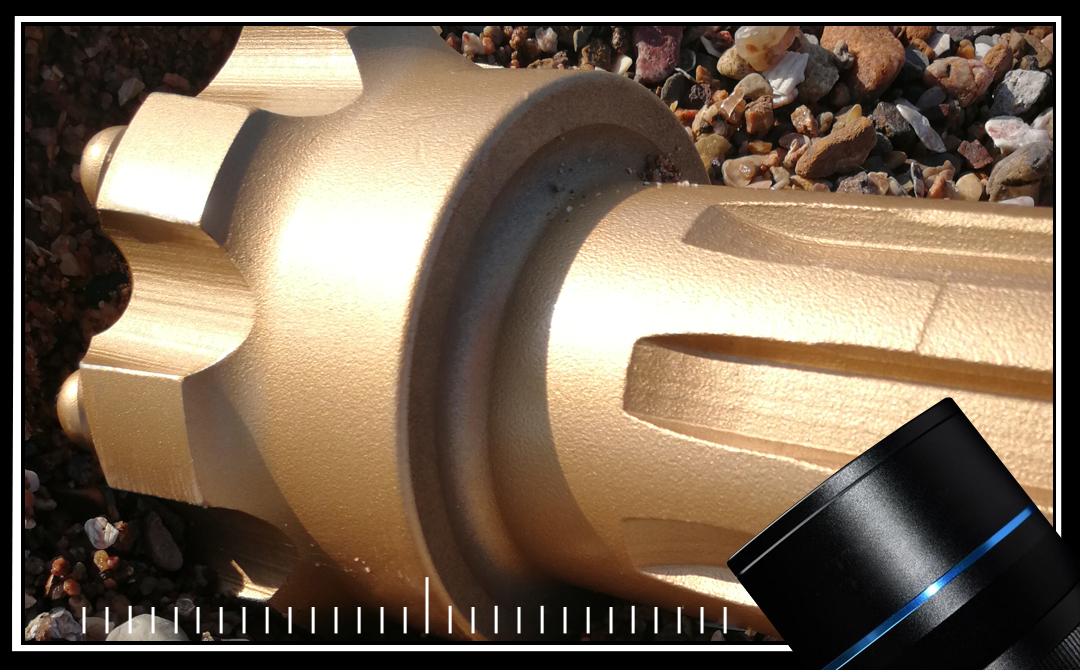
01
Carbon (C) mainly affects the strength and hardness of steels. When carbon content is too high, the toughness and welding performance of steels will be reduced. The increase of carbon content in steels improves strength and wear resistance, but damages toughness and processability. So the carbon content of steels should be designed according to different conditions. The body steels of drill bits needs high strength, high wear resistance and certain toughness, so it is appropriate to keep the carbon content between 0.42% and 0.48%.
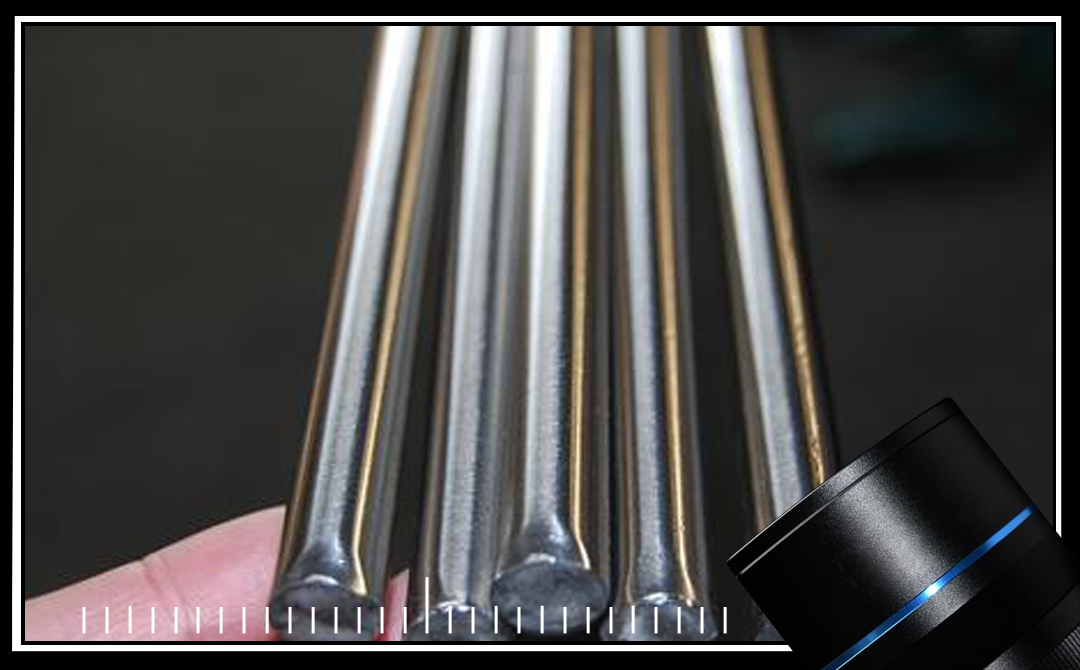
02
Silicon (Si) improves the strength and wear resistance of steels, increases the activity of carbon in austenite, strongly prevents cementite from precipitation, and improves the tempering stability of steels. The influence of silicon on the strength and toughness of steels is extremely complicated. With the increase of silicon content in a certain range, not only the strength but also the toughness of steels is improved. The silicon content between 0.15% and 0.30% should be applied.
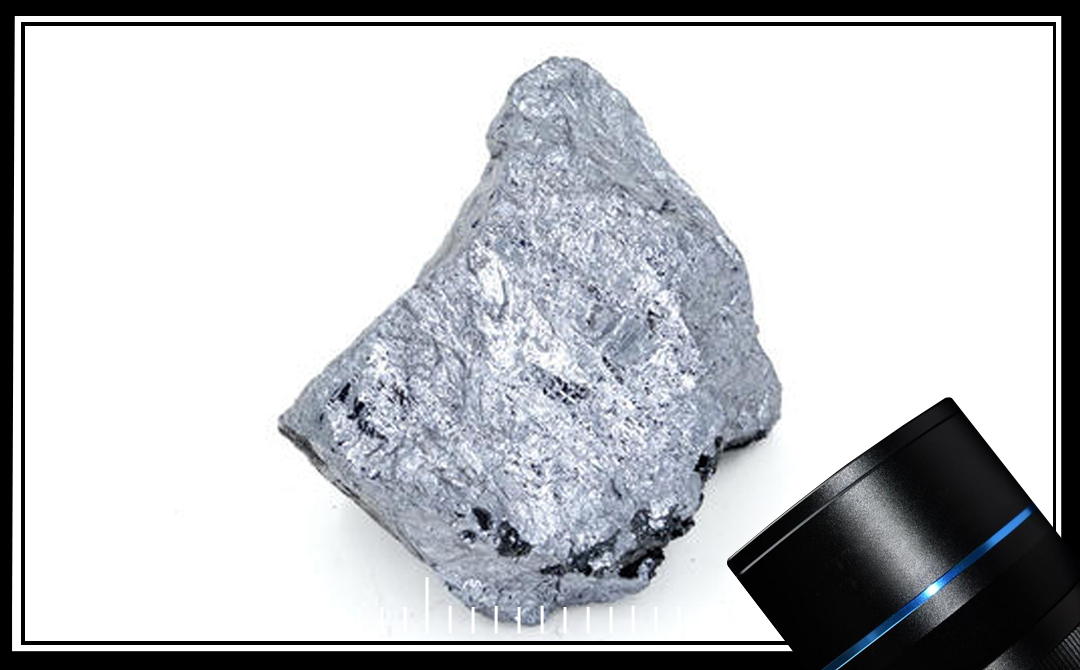
03
Manganese (Mn) is conducive to the improvement of steel toughness. Normally, steels are designed with high manganese content. The manganese content between 0.60% and 0.90% should be applied.
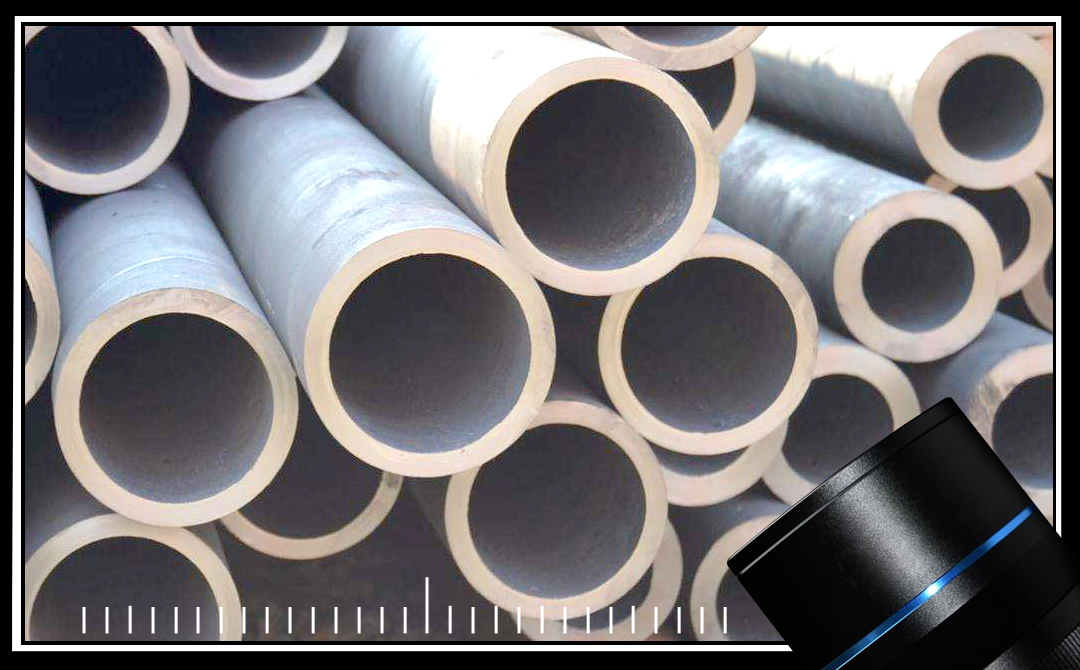
04
Molybdenum (Mo) in steels can prevent or reduce temper brittleness tendency, improve toughness, tempering resistance and the hardenability of bainite. However, molybdenum, as a strategic resource, is quite limited in the world, and should be used sparingly. The molybdenum content between 0.90% and 1.10% should be applied.
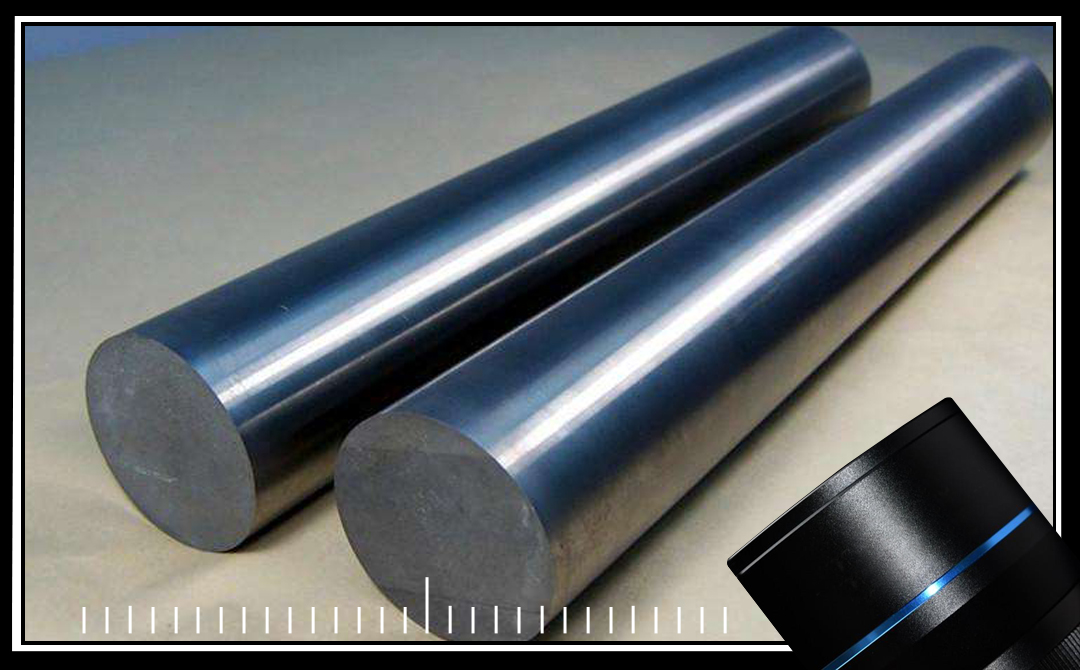
05
Chromium (Cr) can improve the hardenability, carburizing performance and tempering stability of steels. In low-carbon steels, chromium has similar effects to, but not as strong as molybdenum. Chromium in steels can significantly improve oxidation resistance and increase corrosion resistance. Generally, chromium should be added into steels together with other elements such as manganese and molybdenum to show better performance. The chromium content between 0.90% and 1.20% should be applied.
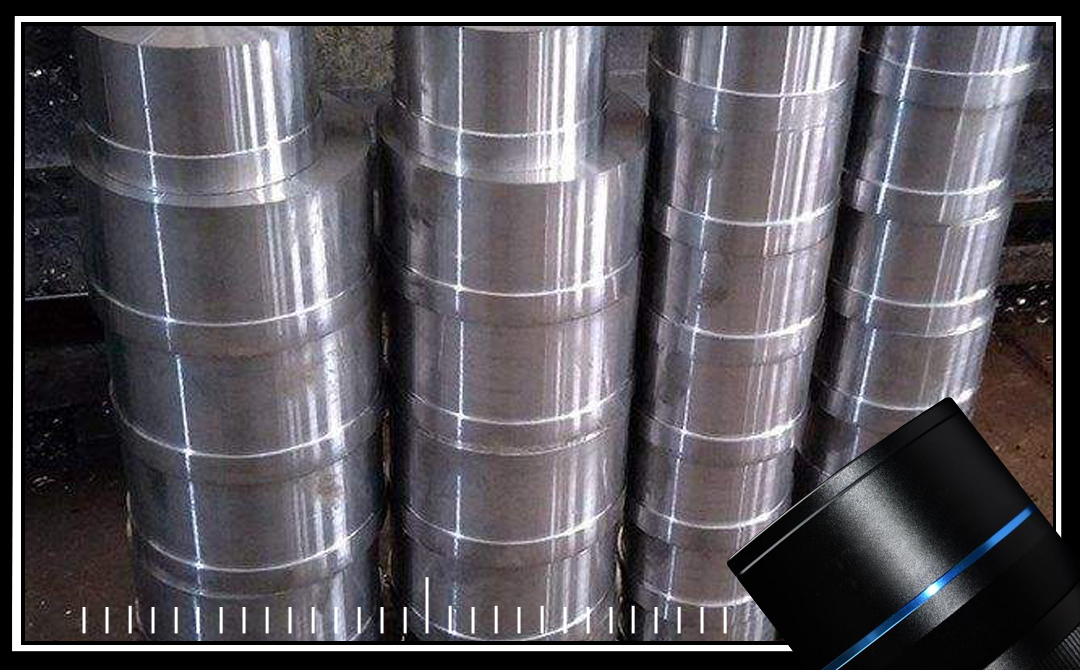
06
Nickel (Ni), as one of important elements, can improve the hardenability, carburizing properties, toughness and low temperature impact toughness of steels. Due to high price, steels should be designed with reduced nickel content which should be between 0.40% and 0.70%.
